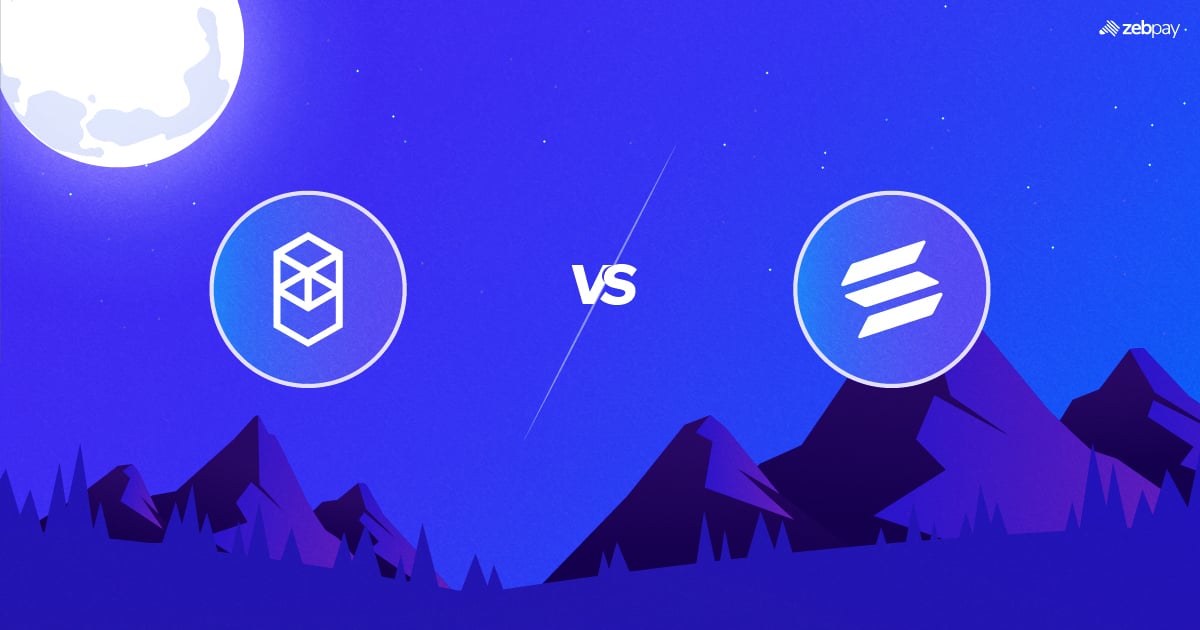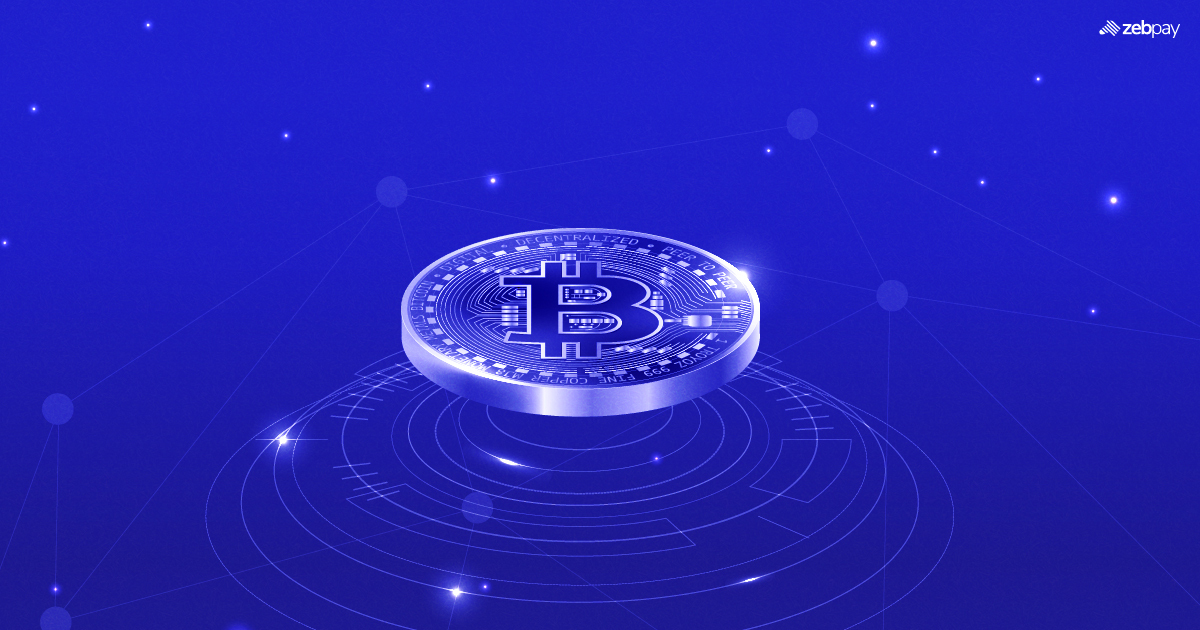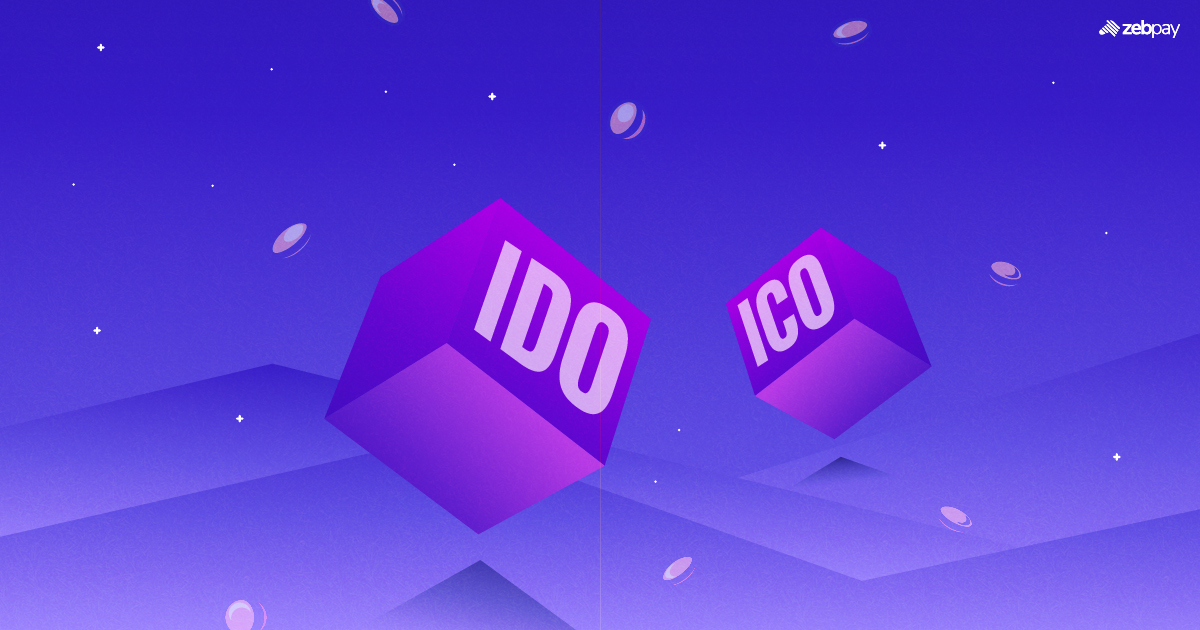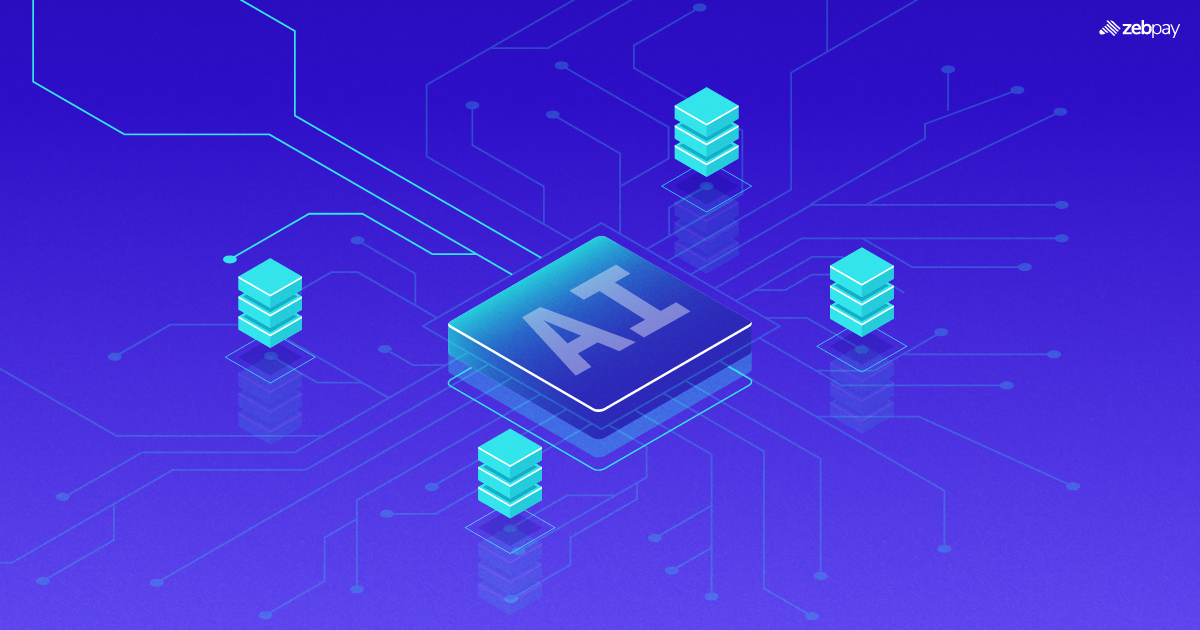Congestion, cost and complication. These are just some of the concerns associated with the crypto space due to the dominance of Ethereum. While Ethereum may be the most popular choice, these issues push more users to find alternative blockchains. The layer 1 blockchain competition is heating up and the contenders are two platforms, Fantom and Solana. So how do they stack up and which one is better?
What Is Fantom?
Fantom is a layer-1 blockchain focused on scalability and cost-effectiveness. Like its competitors, Fantom wants to make it easier to access innovations like NFTs, smart contracts and other digital assets for ordinary users. This also extends to decentralized applications – or dApps.
The platform achieves its scalability through the use of separate blockchains and sidechains. Instead of every transaction being on the main “Opera” blockchain, developers can create independent blockchains. This makes dApps very responsive and reduces the strain on a single chain.
What is Solana Crypto?
Solana is another layer-1 blockchain that seeks to solve the problems that plague Ethereum. The Solana ecosystem makes it easy for developers to create unique experiences without worrying about network details. The network architecture ensures that dApps and smart contract performance is uncompromising and rapid.
The network does this by being one of the fastest blockchains on the market. Unlike Ethereum’s average transactions per second of 20, Solana can process over 60,000 transactions each second. This success is because of its novel “Proof of History” (PoH) consensus mechanism.
FTM Vs Solana

Here is a snapshot of few important metrics based on which a fair comparison can be made between FTM and Solana.
| Metrics | Solana | FTM |
| Start Date | 2020 | 2018 |
| Staking APY | 5% | 2% |
| Transaction Speeds(TPS) | 50,000 | 10,000 |
| Nodes | >1000 | 65 |
| Fees | <$ 0.01 | <$ 0.01 |
| Circulating Supply | 367,000,000 | 2,768,153,614 |
| Pros of Fantom | Cons of Fantom |
| Independent blockchains | It has a low market capitalisation |
| High speed and interoperability | Tough competition from Ethereum |
| Fantom’s main chain is compatible with Ethereum Virtual Machine |
Pros of FTM
- Independent blockchains give developers much deeper customization options.
- Sovereign blockchains do not come at the cost of speed or interoperability.
- The Fantom main chain – Opera – supports Ethereum Virtual Machine compatibility. It thus supports Ethereum’s smart contract features.
Cons of FTM
- Fantom has a much lower market cap than its competitors like BNB Chain and Solana at $570,567,000.
- As Ethereum upgrades and improves the network performance, Fantom’s use as an Ethereum alternative becomes uncertain.
| Pros of Solana | Cons of Solana |
| It is a unified network which makes it more secure | The number of validators on the network are few ( around 1000) |
| Super fast with speeds touching 60,000 TPS | It has faced several outages in the past |
| Very low transaction fee |
Pros of Solana
- Solana features a single, unified network without sidechains, layer 2 scaling solutions or sharding. This is meant to make the platform more secure and resistant to hacking.
- Solana is one of the fastest blockchains at over 60,000 transactions per second.
- Transaction fees on Solana are incredibly low, at just $0.00025.
Cons of Solana
- While Solana may process transactions fast, finalising and validating them takes 13 seconds.
- Solana has experienced 5 major and many partial outages in 2022, which is detrimental to network users.
Solana Vs Fantom: Use Cases
Both Solana and Fantom have very similar use cases. Both tokens can be used for transactions, payments of network fees and for earning rewards through staking. Thus, they are directly competing to gain ground in the same uses.
However, there is one major difference. Solana uses a unified network while Fantom is a collection of many independent blockchains. Fantom also supports the Ethereum Virtual Machine.
This makes Fantom easier for dApp developers already familiar with the Ethereum development environment. It also gives them more flexibility and simplifies the process of deploying a new blockchain for their applications.
On the other hand, Solana’s unified network may be better suited for network and data security. Since there are fewer vulnerabilities in a network with one blockchain rather than thousands, Solana may be better for some financial applications.
Conclusion
Both Fantom and Solana offer a compelling set of features. Fantom’s network of sovereign blockchains may be more appealing for dApp creation while Solana’s large user base and transaction speed may be what other users look for.
As long as these projects continue to innovate and improve their network experience, they both have a place in the future of crypto. Fantom and Solana are compelling alternatives to Ethereum and your choice depends on the ecosystem you prefer more.
You can now buy Fantom (FTM) and Solana (SOL) on ZebPay. Trade confidently with ZebPay Australia.
FAQ on FTM Vs Solana
Is FTM Better than Solana?
It is difficult to state which project is better than the other. On one hand, Fantom has better interoperability and also supports Ethereum Virtual Machine. However, Solana is much cheaper and faster to use. Each has its own compelling features and your choice depends on your preferences.
What is the Purpose of FTM and Sol?
The main purpose of both FTM and SOL is to reduce Ethereum’s dominance in the Web3 space. By creating new platforms for dApps and smart contracts that improve on Ethereum’s weak points, they create worthwhile alternatives to Ethereum.







